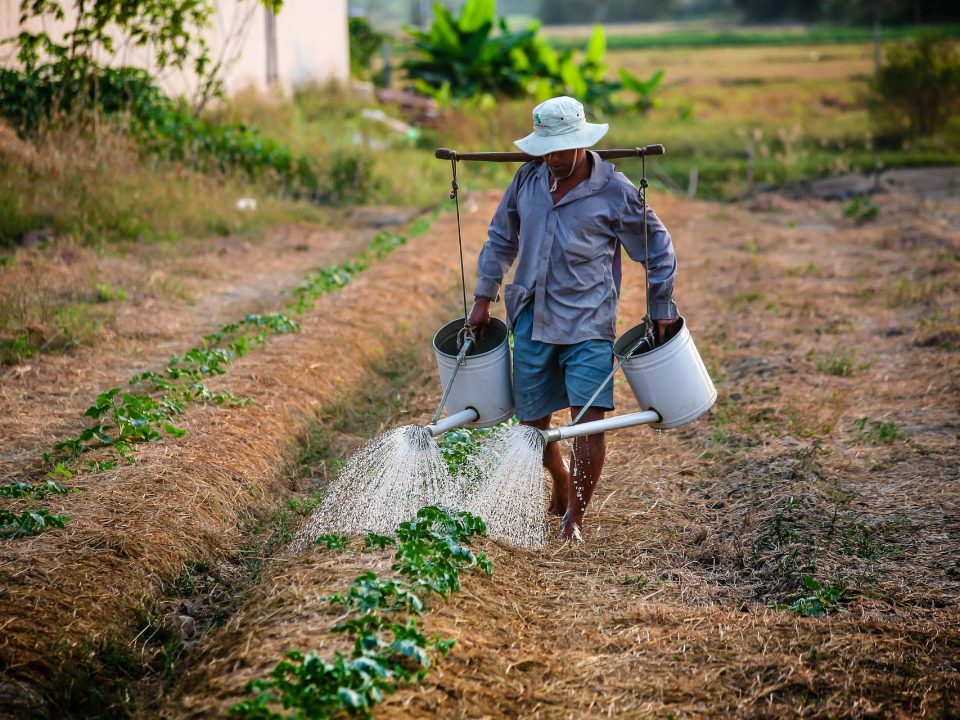Plants awareness

Medicinal Plants
February 26, 2019
Light & Plants
April 3, 2019Plants awareness
Written by Ronen Kozushner, orseeds.com naseeds.com
Usually, a plant is accepted by us, humans, as a static and passive creature that does not control its surroundings and is not aware of it. But now a new point of view is developing: a plant regularly absorbs information about its changing environment and uses it to influence its physiology and growth. Moreover, the ability to absorb this information is not limited to sensing only the amount of nutrients and energy available, but also includes the ability to gather information about potential changes in the environment, such as potential competitors for the resources available to the plant.
A plant can detect neighboring plants using a number of data: shading by other plants (its response will be an immediate change in stomatal conductivity, increasing the leaf area and changing the angle of the leaves), a change in wind speed (plants growing in a dense grove will be higher and the sizes in isolation will be thicker and lower) And soil conditions such as chemicals secreted by the roots of other plants or a smaller amount of nutrients (isolated plants have larger root systems than plants grown near other plants). Thus, it is possible to determine that a plant will be able to correctly absorb and analyze information that comes from its environment and respond appropriately to it at the most appropriate time.
The root systems of plants are hidden from our eyes, but there, under the earth, there is a constant war on the territory that ultimately determines the structure of the populations. As we shall see, plants compete for space independent of the existing resources. The separation of roots occurs most often without the need for direct contact between the plants – “Krav Maga” between the roots on the territory less worthwhile. There are several mechanisms for separating roots. Indirect interaction is created by competition for land resources, when one species exploits them at a rate or at such levels, which does not allow other species to grow in its territory. For example, a number of North American species “smuggle” competitors from their land by holding water resources too low for Invasive Species.
There is also direct interaction between plant roots, whose mechanisms include the secretion of diffuse toxins to the rheosphere, non-toxic chemical signals and electrical signals. Alupatia has been described in many plants, and in most cases also found a specific toxin that causes the growth of roots to be delayed. In some aloe vertebrate plants, the separation of roots is at the root system level, with very little overlap between neighboring plants. For example, roots of apple trees Malus domestica and persimmon Diospyros kaki show a much smaller overlap with the roots of trees of their species than would be expected from measurements of the roots of individual trees. This type of separation also exists between species: Acacia, Casuarina, and Eucalyptus are able to “expel” the roots of some weeds from their surfaces, not by competing for resources. Many mechanisms used to recognize plant roots for fungus, bacteria and parasitic plants can be assumed to help the plant to identify the roots of neighboring plants. Another mechanism of direct non-allele communication may be the transmission of electrical signals-it is known that roots generate ion currents and that they can sense electric field and acid gradient. It can be summed up to say that plants feel the signals of their environment and that of their neighbors, and that they can decide on the relevant development plan. The absorption of information is not limited to existing resources, but also encompasses the ability to absorb information about potential changes in the environment. Thus, information from the plant environment is critical to its ability to compete, and can be an important factor in inter-plant competition, for more articles – https://orseeds.com/blog/






